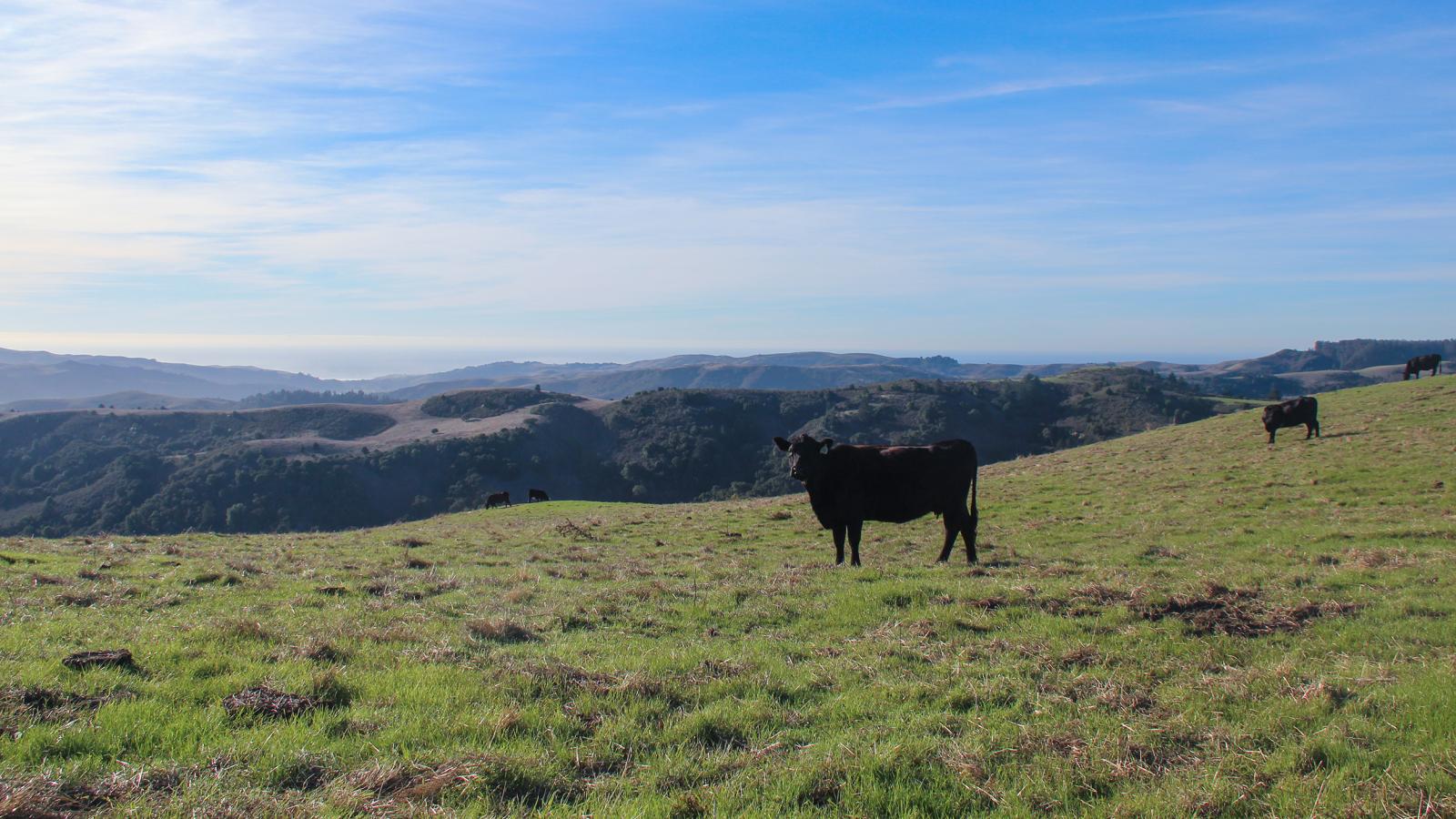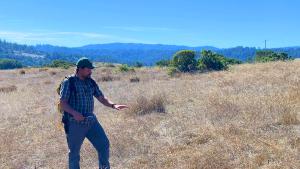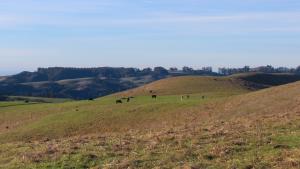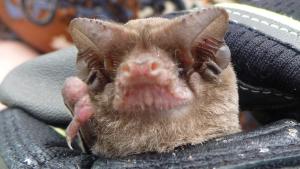Conservation Grazing Management Policy
Midpen's Resource Management Policies include specific conservation grazing management policies that are intended to supplement and complement the Agricultural Policies in the Coastside Protection Service Plan.
Recently, Midpen amended this conservation grazing management policy to include two specific concepts for safeguarding native wildlife while addressing the predation of livestock:
- Reimbursement for Cattle Loss and Reduced Rent Rate: Economic compensation for conservation grazing tenants experiencing livestock loss due to predation
- Research of Safe Livestock and Wildlife Protection Measures: Supporting research on the safe means for reducing wildlife and livestock conflicts that remain protective of both livestock and local wildlife.













